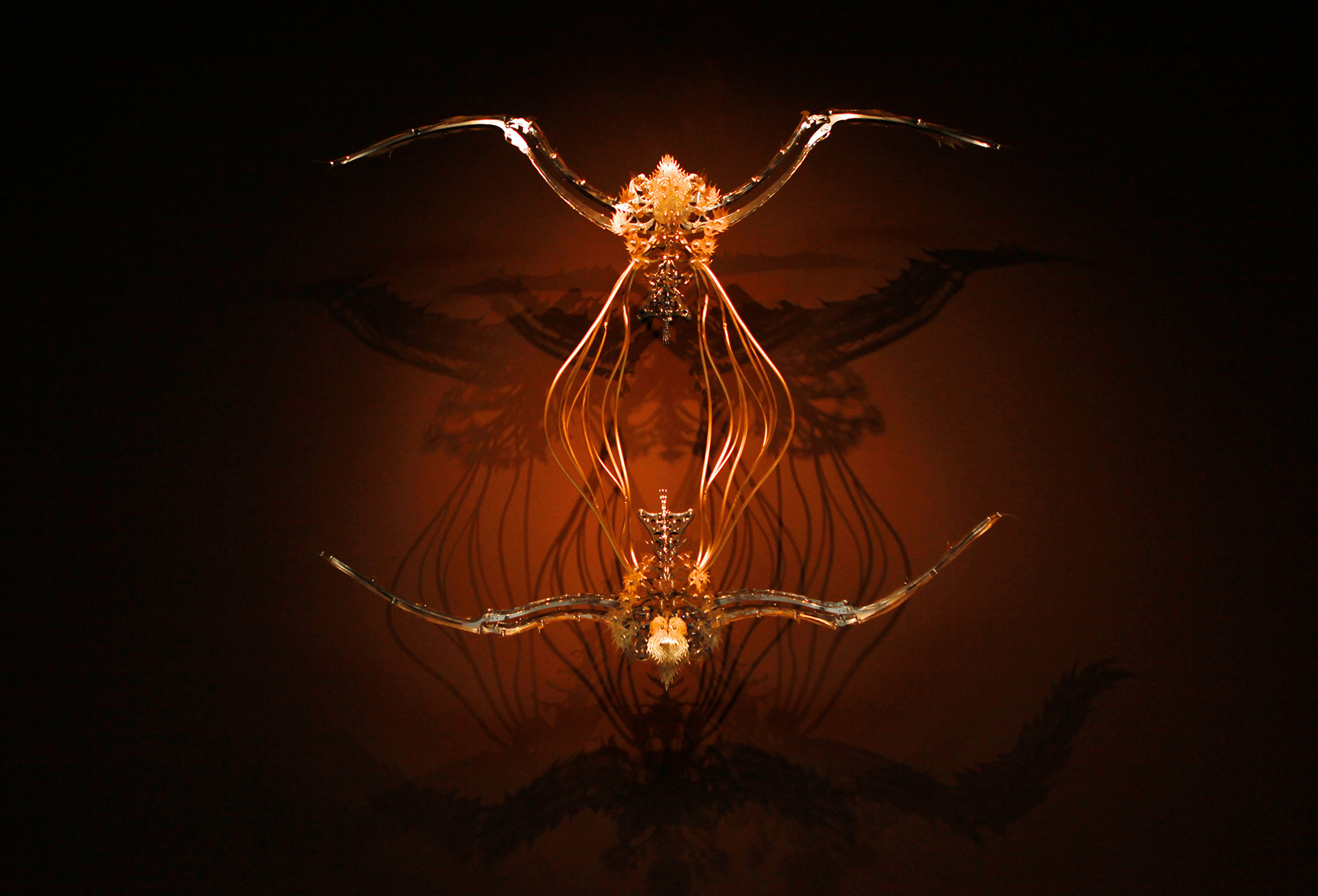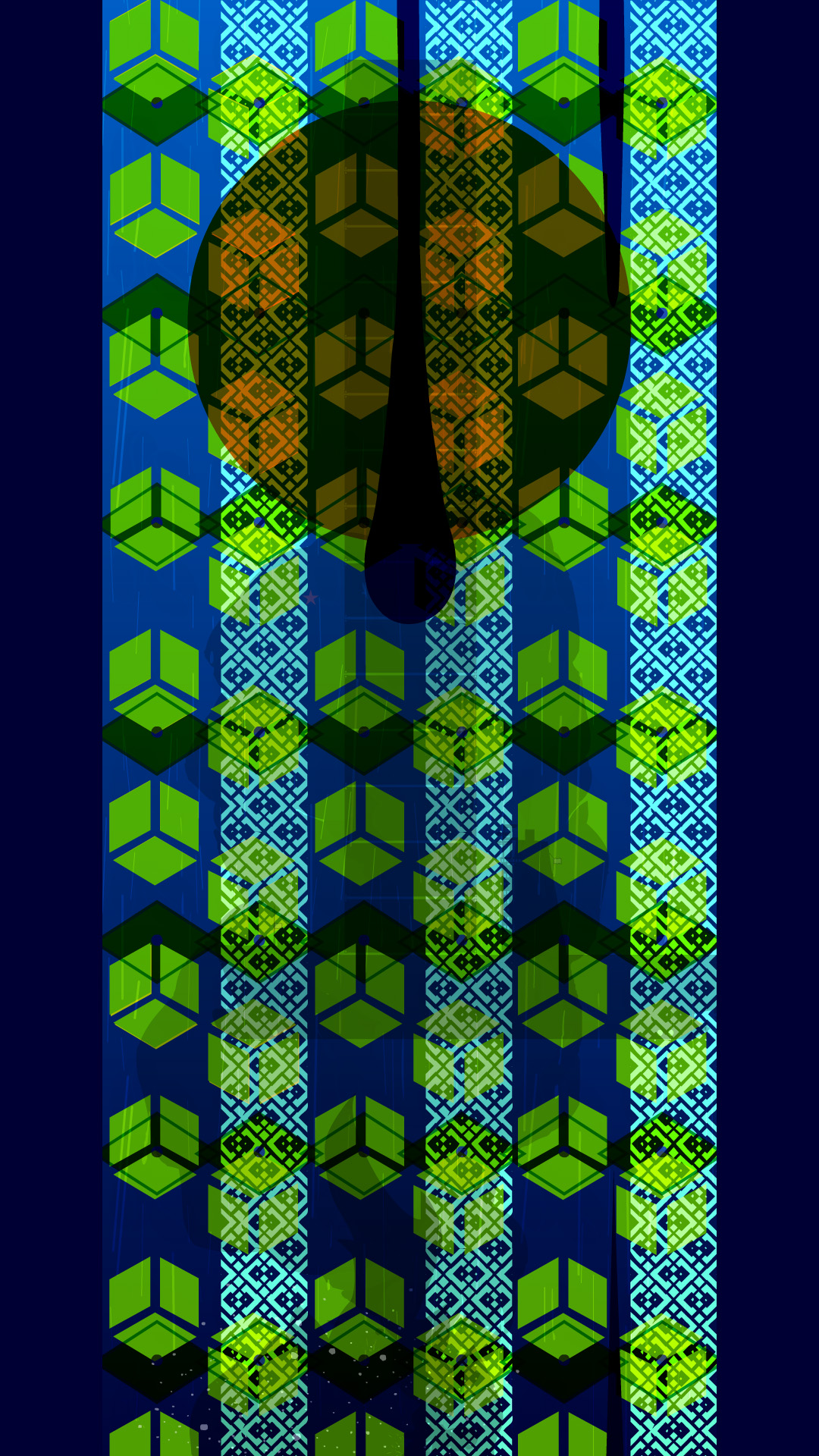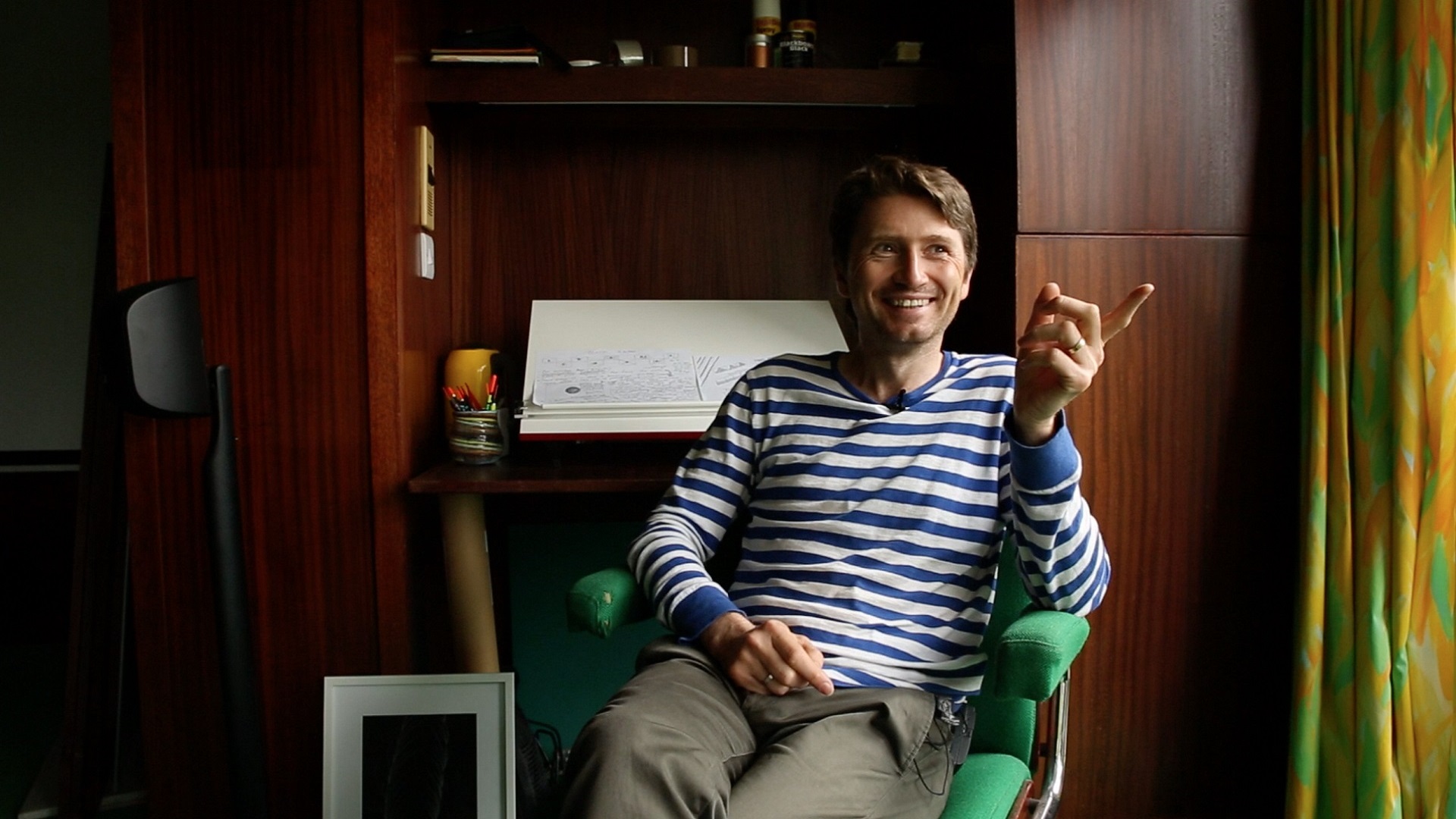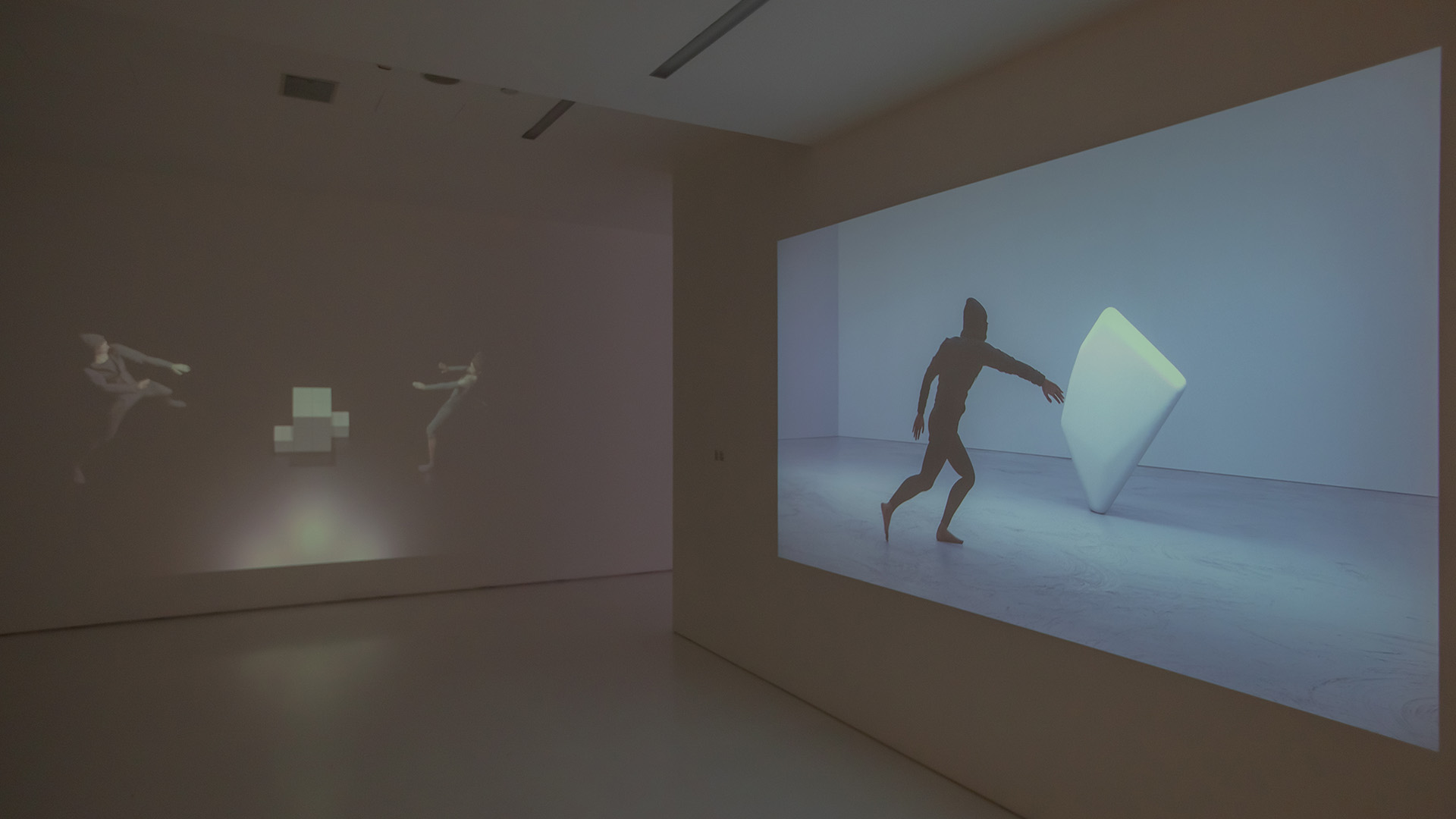Blog
Üvercinka and the alphabet of love
28 September 2018 Fri
Borusan Contemporary hosts Borusan Group’s headquarter offices during the week where artworks live alongside the people who work there. Over the weekend, the space is transformed into a museum, converging notions of exhibition spaces and spaces of daily use. Thus, every work that is on view as part of the collection exhibitions at Borusan Contemporary works a double shift. The curator of these exhibitions, Necmi Sönmez, has been drawing from Turkish literature to interpret and delve into this international collection for the past three years. We have talked to Sönmez about this research process on the occasion of the new exhibition, Üvercinka

MERVE ÜNSAL
merve.unsal@gmail.com
MÜ: It is quite revealing to use literature to find new paths into contemporary art as both these fields carry similar aesthetic and conceptual concerns. Could you elaborate the reasons for your exploration of these paths? You are focusing on modern poets and writers from Turkey. What kinds of new readings are made possible through this focused approach?
NS: When I first started working as the contemporary art curator at Museum Folkwang in Essen, my aim was to bring together different interpretations of contemporary art and creative writing. I used the works of poets including Paul Celan, Ingeborg Bachmann, Gertrude Stein, Elsa Lasker-Schüler as a departure point for the experimental projects that I organized in the museum and in other public spaces, which was welcomed much better than I expected by the community. The perspective of the text was in a way a response to the viewer’s loneliness, not knowing where to start, guiding them. I realized that this could serve as a first step support. When I was doing a PhD on art history, I had the opportunity to work in an interdisciplinary manner. All of these experiences impacted the way I curated exhibitions after 2000. Both artists and writers enthusiastically supported this project. My inspiration for bringing together literature with contemporary art was an instinctive search on different interpretation and abstraction methods.
I worked with Ahmet Kocabıyık starting in 2005 during the founding process of Borusan Contemporary. He supported my vision focusing on modern Turkish writers and poets. I thought that while interpreting the international roster of Borusan Contemporary, using dynamics that are specific to this geography would be a unique experience for the viewers. In 2015, we prepared an exhibition based on Leyla Erbil, whose works I was very familiar with. Later, we organized exhibitions inspired by the works of Tezer Özlü, İlhan Berk, Tomris Uyar, Oktay Rifat, Metin Eloğlu and Cemal Süreya and we saw that our audiences responded with great interest. One of the most important revelations from this process is that our viewers saw the exhibitions twice, the second time after having read the authors’ works. And we also observed that audiences enjoy this experience.

NECMİ SÖNMEZ
MÜ: Could you talk more about the path your developed by the multi-dimensional intellectual production of Cemal Süreya? Why is Cemal Süreya important now?
NS: Cemal Süreya has different identities; he is a poet, a translator, and a publisher. I think, they are not distinguishable from each other. While reading his poems, writings, and diaries, I noticed the impact of deeply-rooted political upheavals on his position and attitude, and how these influences are still valid in today’s context. Cemal Süreya never stopped his production, was never quiet after the ruptures of 1960, 1972, and 1980; he represented the ethical, political, and social facades of the intellectual in an exemplary manner. This was very important for me. I did not only read all his poems, but also read his other works, whatever I could reach. This process spreads across almost six months. Cemal Süreya emerges as a man of action and thought who we should look up to and take as a role model in these days when we constantly feel the destructive force of the political processes. The way he positioned himself is very impressive. It is incredible that he succeeded being so poetic even at his most political moments.

U-Ram Choe, Unicus - Cavium ad initium, 2011
MÜ: The untranslatability of Üvercinka and Süreya’s narration of what Üvercinka is, seem paying homage to contemporary art which brings together universal forms with subjectivity. How do you position your selection of works within this context of translation, subjectivity, and universality?
NS: I had never used the name of a work by a writer or a poet as the exhibition title before. Cemal Süreya’s Üvercinka is a book of love, dedicated to the extraordinary being of a woman. As the poet’s first book, it corresponded to an important emphasis on the image. As the subject of the book is passion, the defining role of passion in selecting different works from the exhibition is foregrounded. I also researched how metaphors were used to transform forms and then I completed my selection. I also need to point out that the architectural elements of the Haunted Mansion plays a major role in my selection. We have also transformed the sixth floor into a dark space for the first time. As the Borusan Contemporary Art Collection focuses on the moving image, it is necessary to make architectural changes with each exhibition, each of them is an opportunity to transform, change and evolve the Haunted Mansion into different forms.

Monica Bravo,Vortex, 2007

NECMİ SÖNMEZ
MÜ: What are the works that step forward for this exhibition? Which works are the milestones of this exhibition?
NS: The beginning point of this exhibition is Korean artist U-RAM-Choe’s Unicus cavum ad initium, a kinetic sculpture. This sculpture refers to the female birds, nymphs, super-human creatures that we encounter in Far Eastern mythologies. You could think this is strange, but I thought that this work was the embodiment of Cemal Süreya’s Üvercinka. When the bird-like figure spreads its wings as if to fly, I considered that this could be Üvercinka. I don’t think Choe knows about Cemal Süreya’s poemsbut a path emerged when the two artists were brought together. Laurent Bolognini’s Variation on the 4th floor also has a shifting nature, corresponding to the repetitions of images in Cemal Süreya’s Üvercinka. Finally, I want to touch on Marina Zurkow’s More&More (the invisible oceans): Brazil. This sculpture refers to the shipment of materials across the world through a customized software that the artist wrote. Zurkow forms a new alphabet through hundreds of shapes that can be comprehended in all the world’s languages. This alphabet looks like the alphabet of love that does not discriminate based on religion, language, and race. The alphabet of love is not based on the words of the world—it is comprehended through emotions, right?

Marina Zurkow, More & More (invisible oceans) Brazil, 2015
MÜ: Which section of the Haunted Mansion was the most challenging for you?
NS: These concepts are important as they provide a departure point and a perspective of interpretation of the work in the collection. Then I focus on the readings that I can grasp in more detail. However, while preparing the conceptual structure of the exhibition, the different features of the building’s architecture and the interior architecture of the Haunted Mansion have an influence on the construction of the exhibition. This is going to sound strange, but I don’t look at where artists are from, where they were born, where they live, what exhibits they have had in recent years. The continuity of the production and the exhibitions concern me more.
ABOUT THE WRITER
Merve Ünsal is a visual artist based in Istanbul. In her work, she employs text and photography, extending both beyond their form. Ünsal is the founding editor of the artist-driven online publishing initiative m-est.org.



